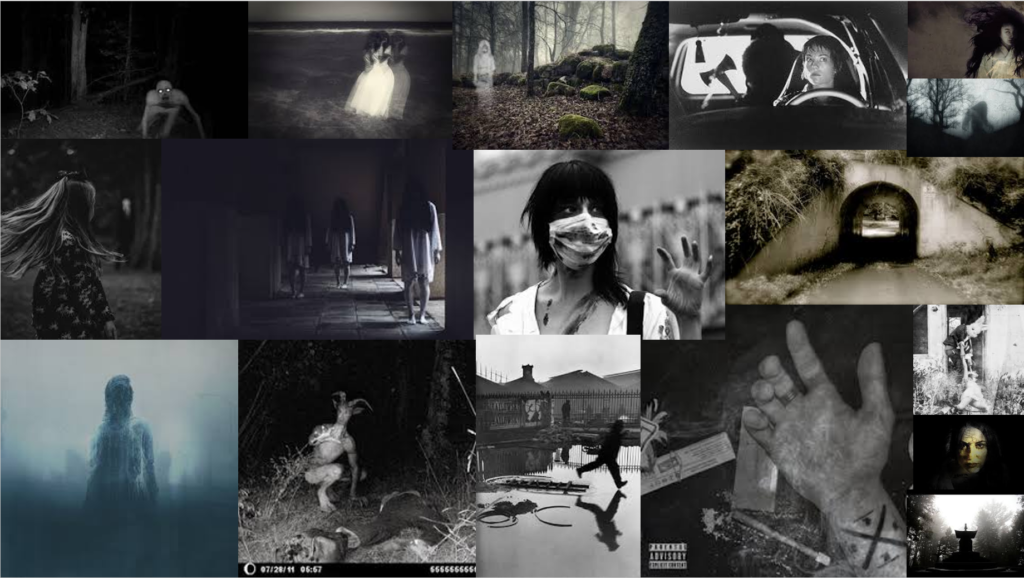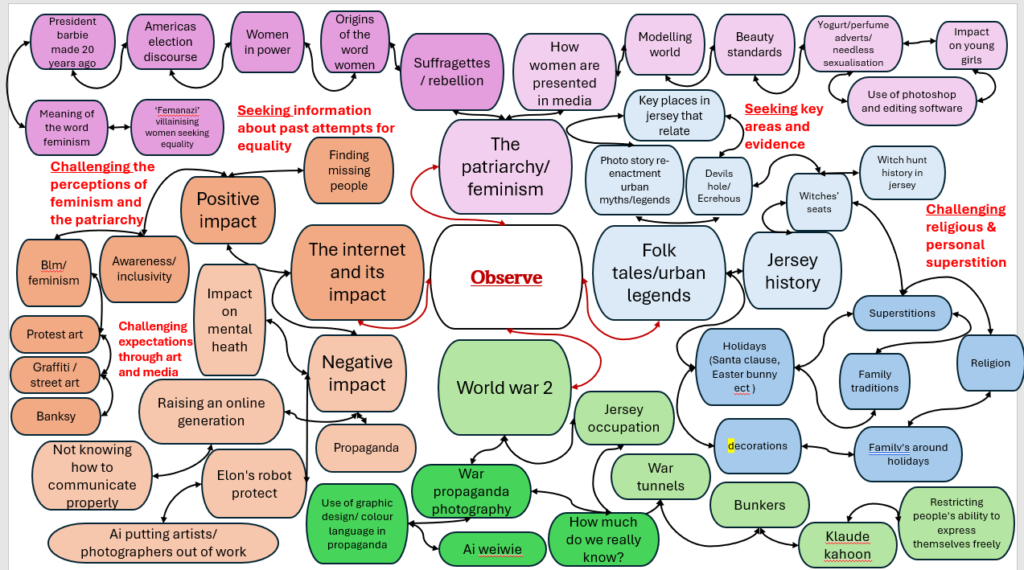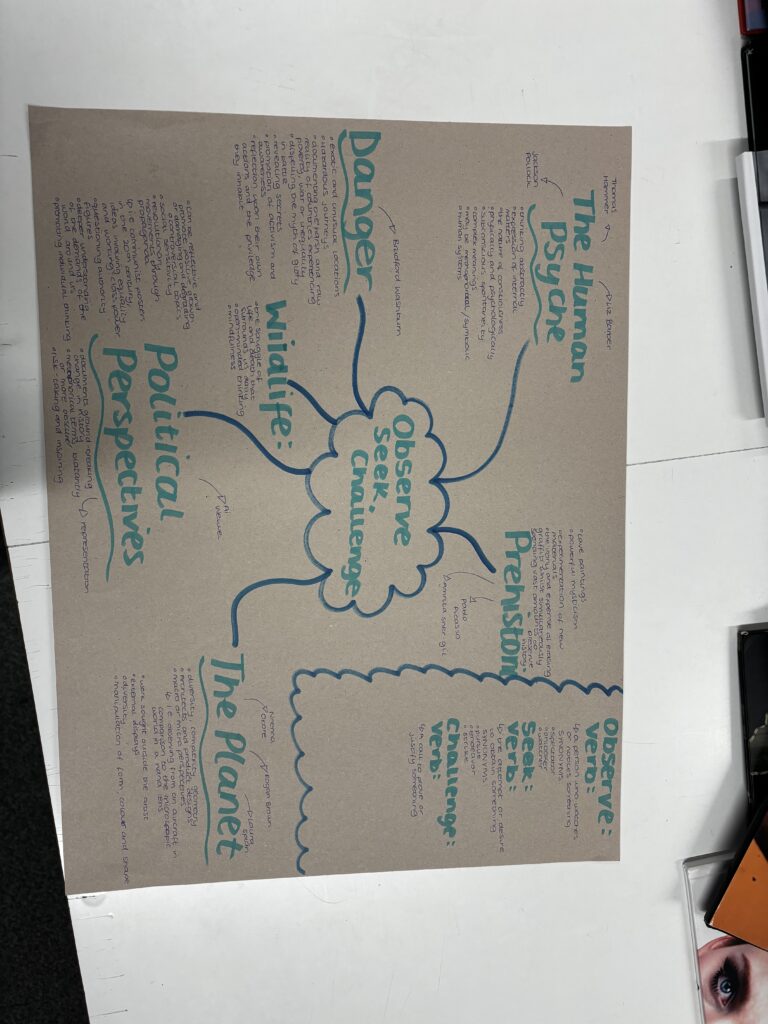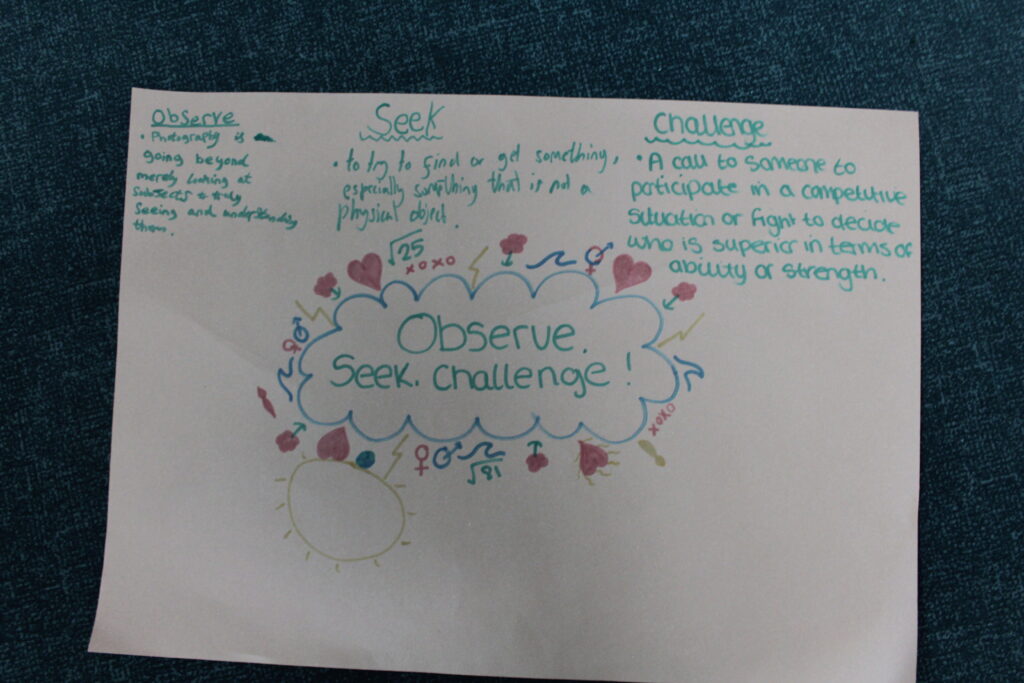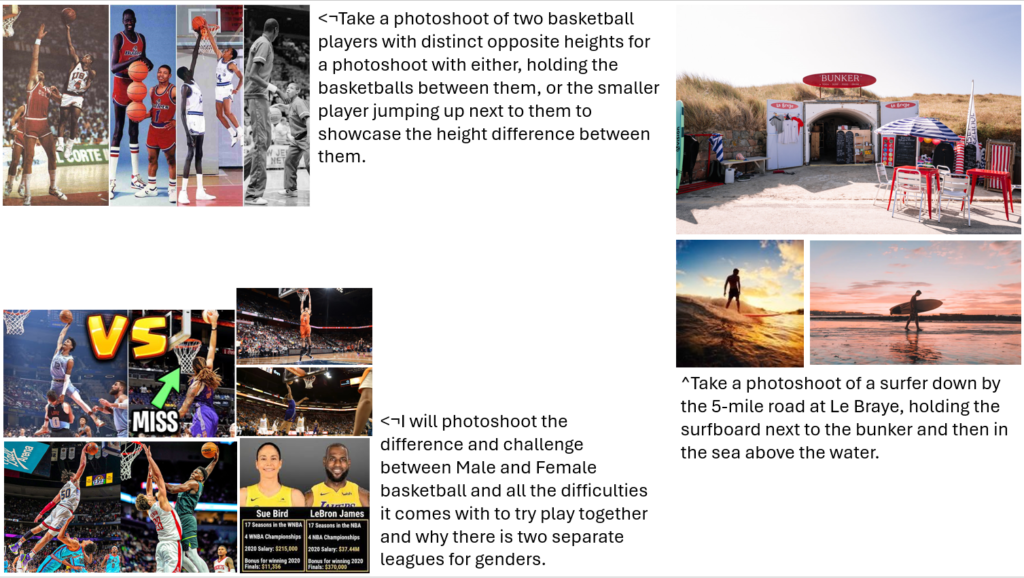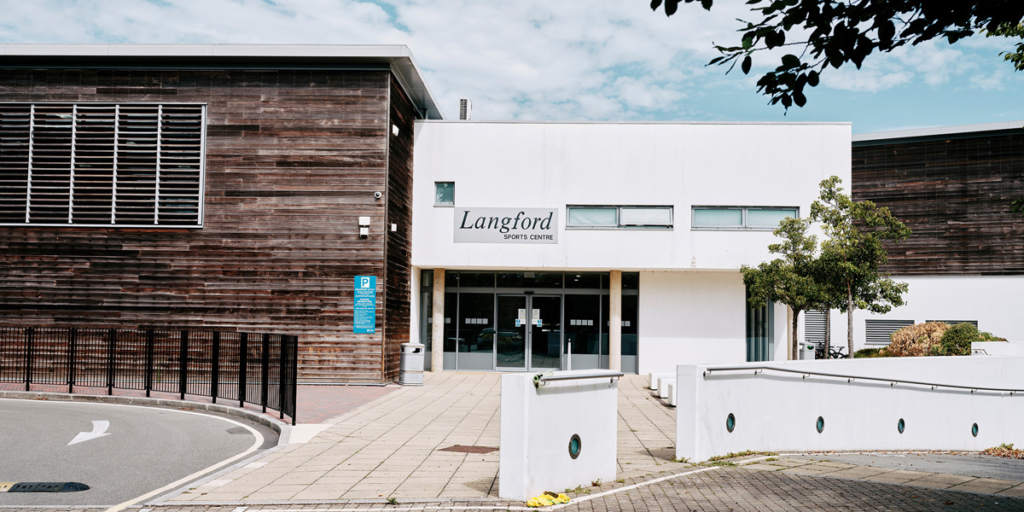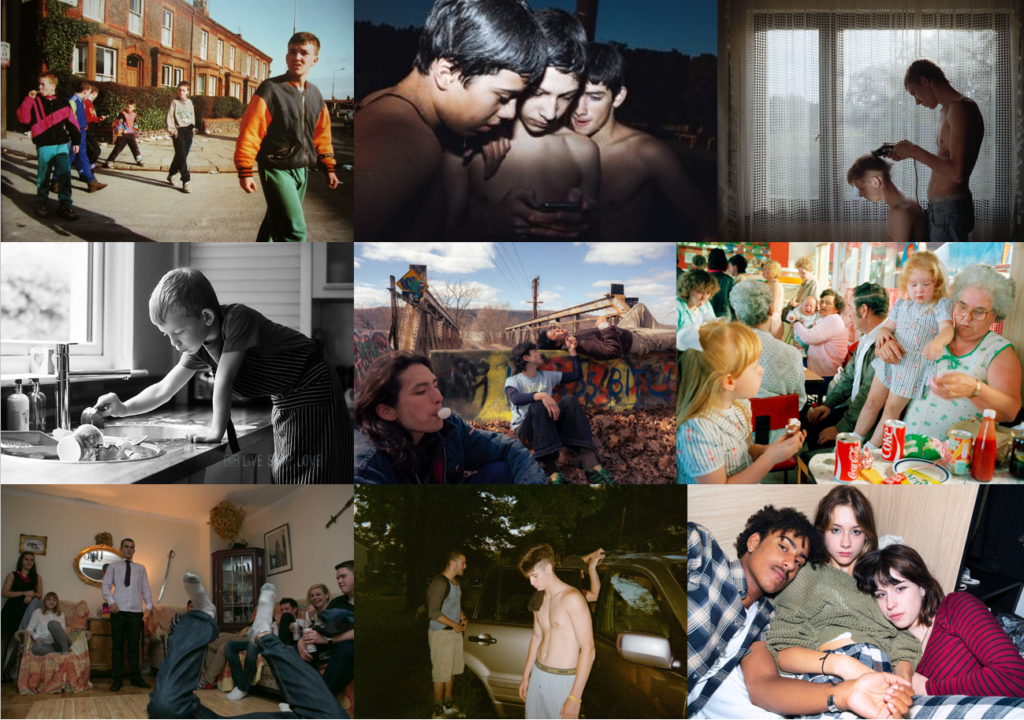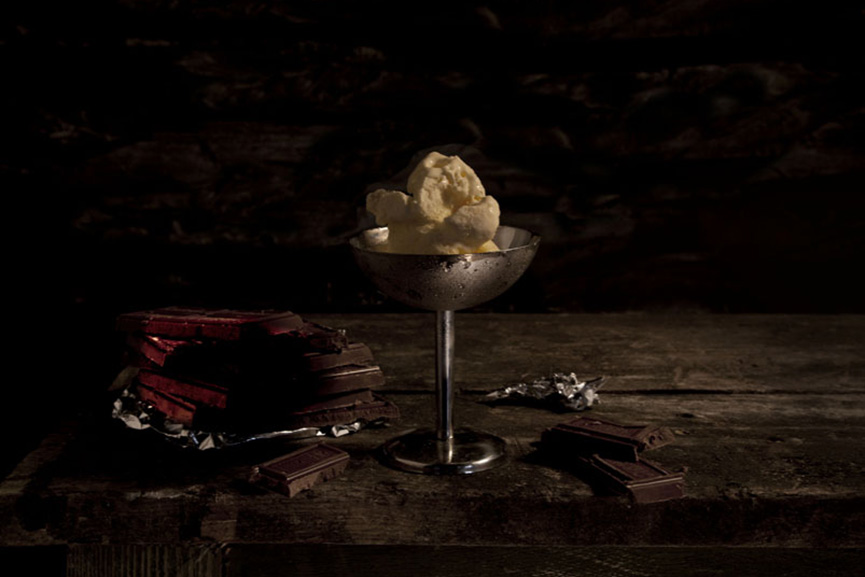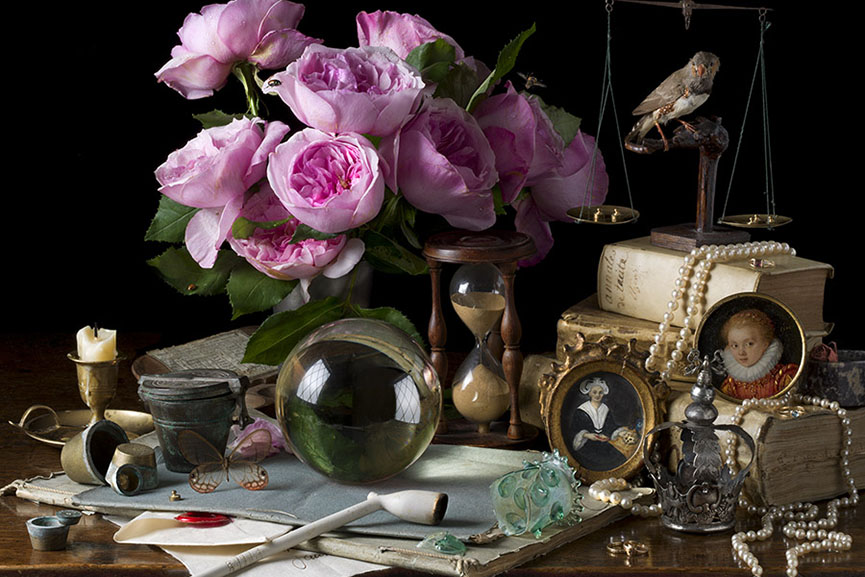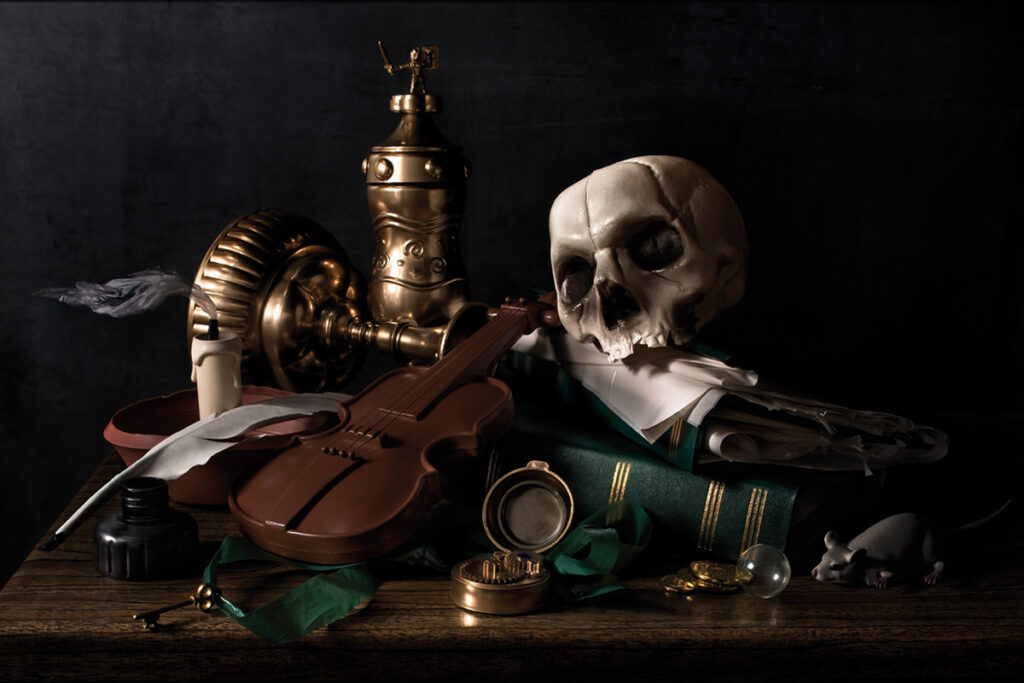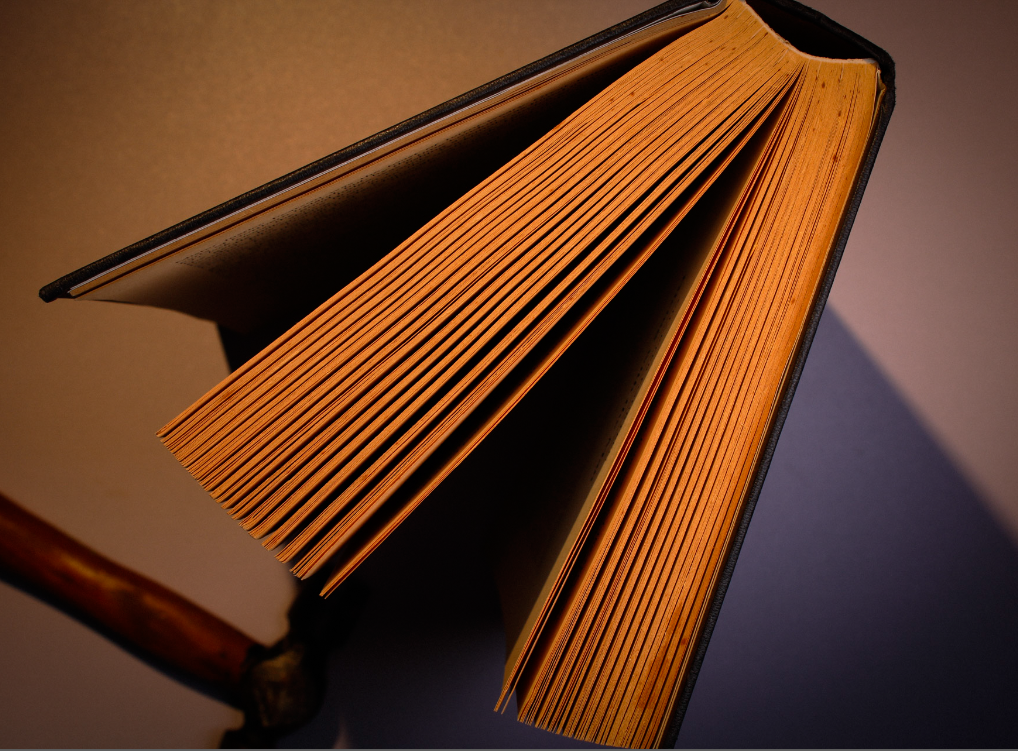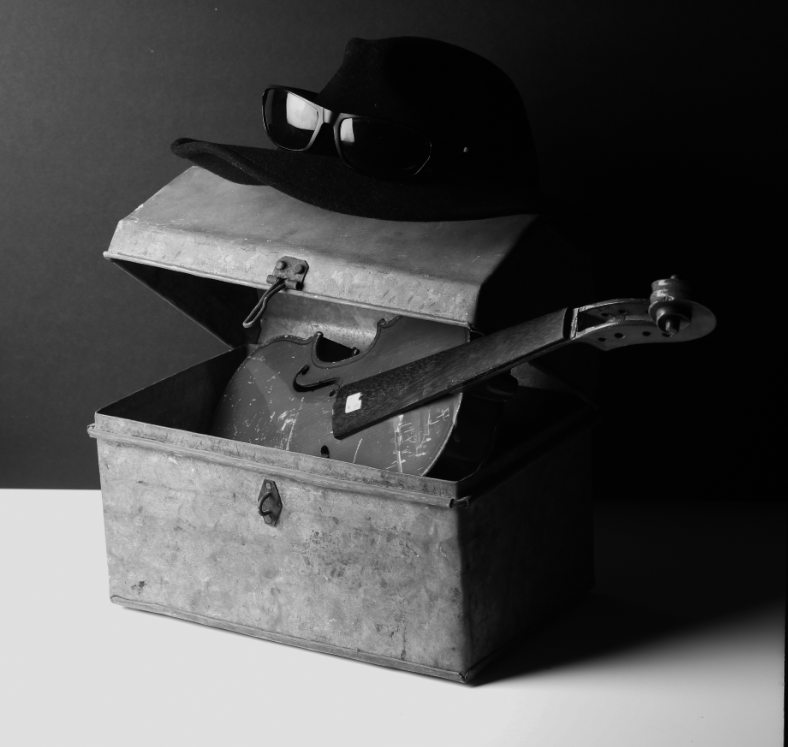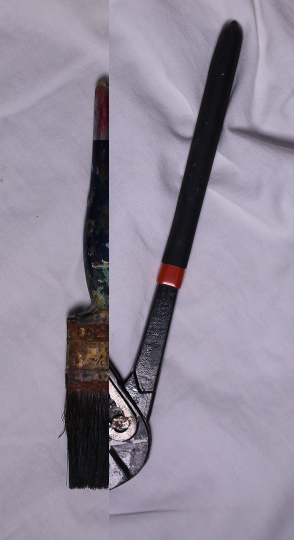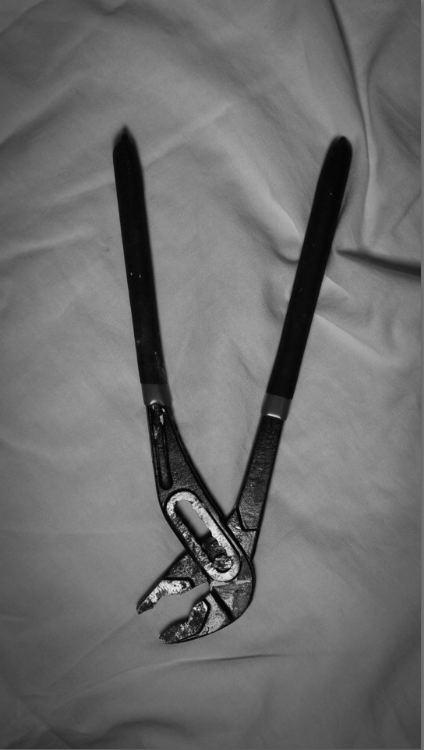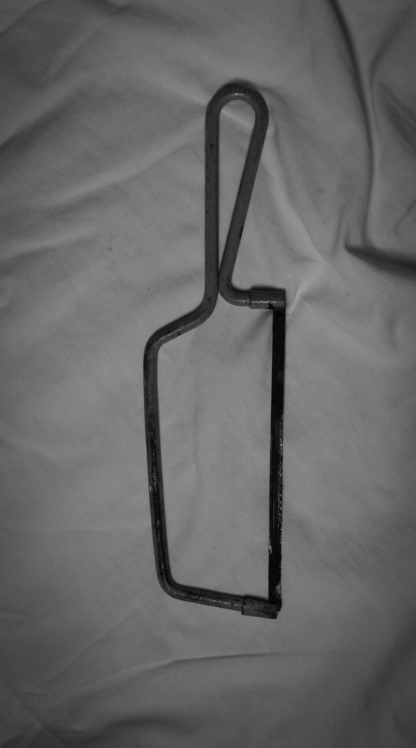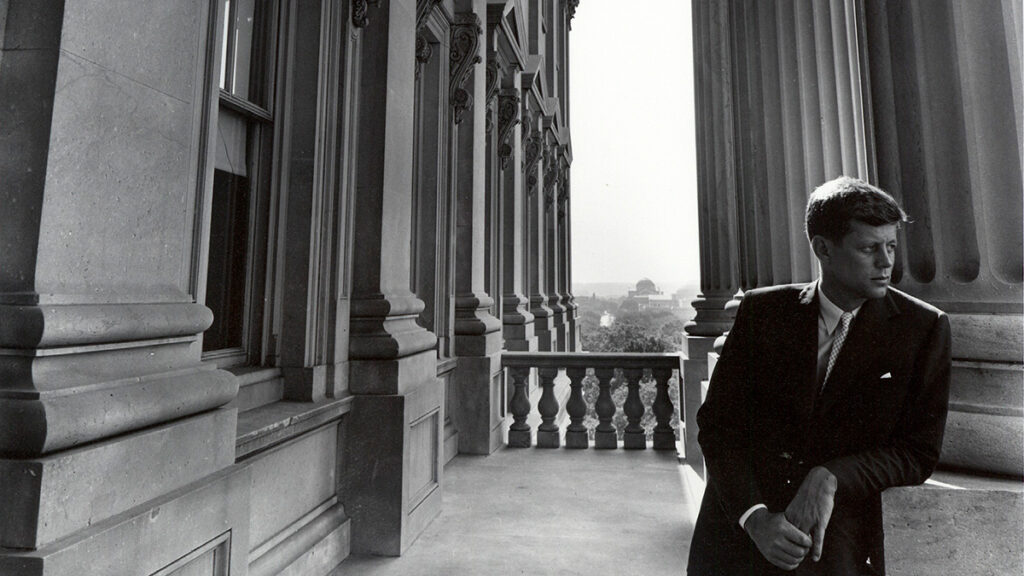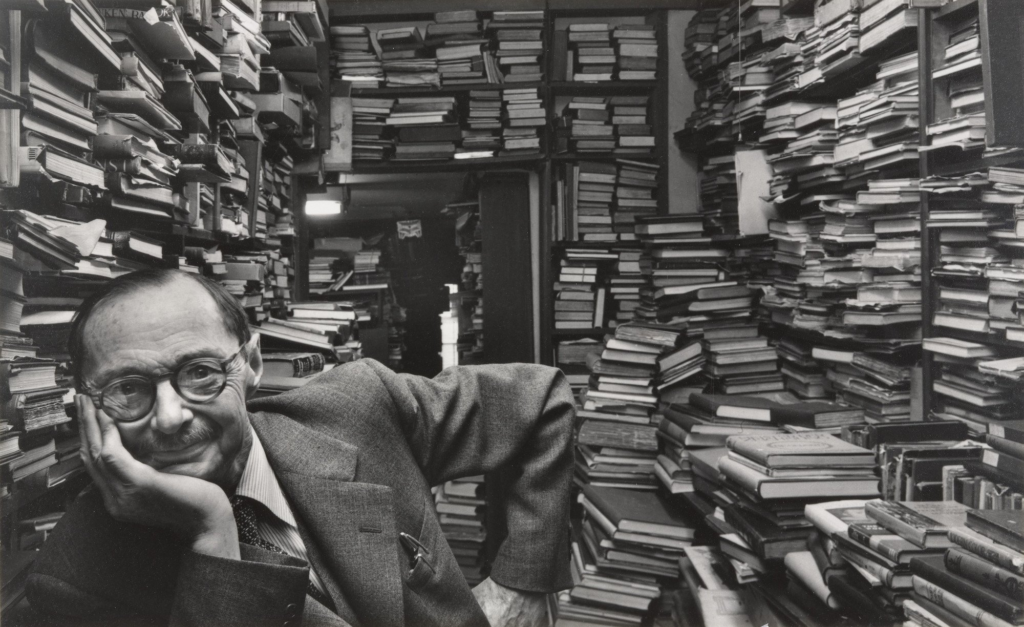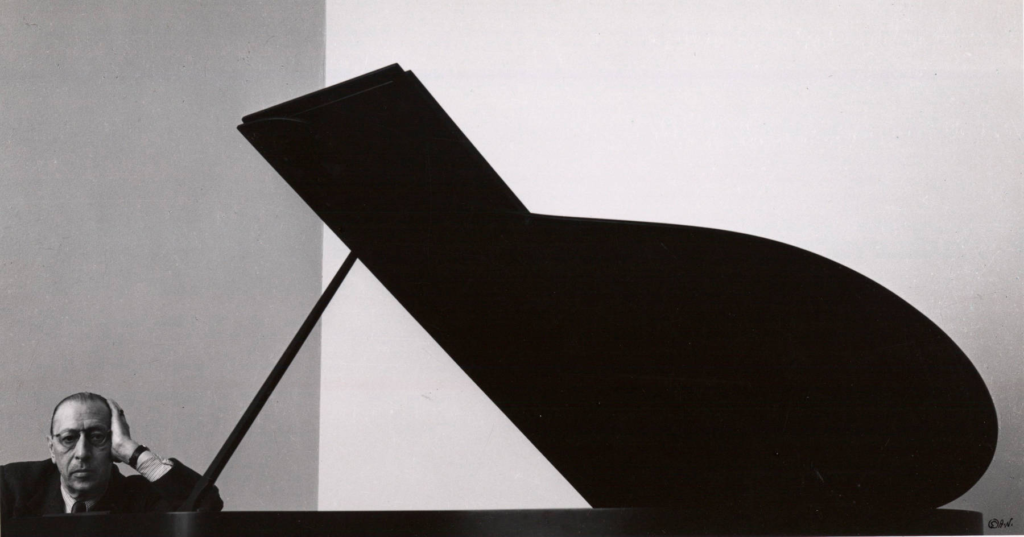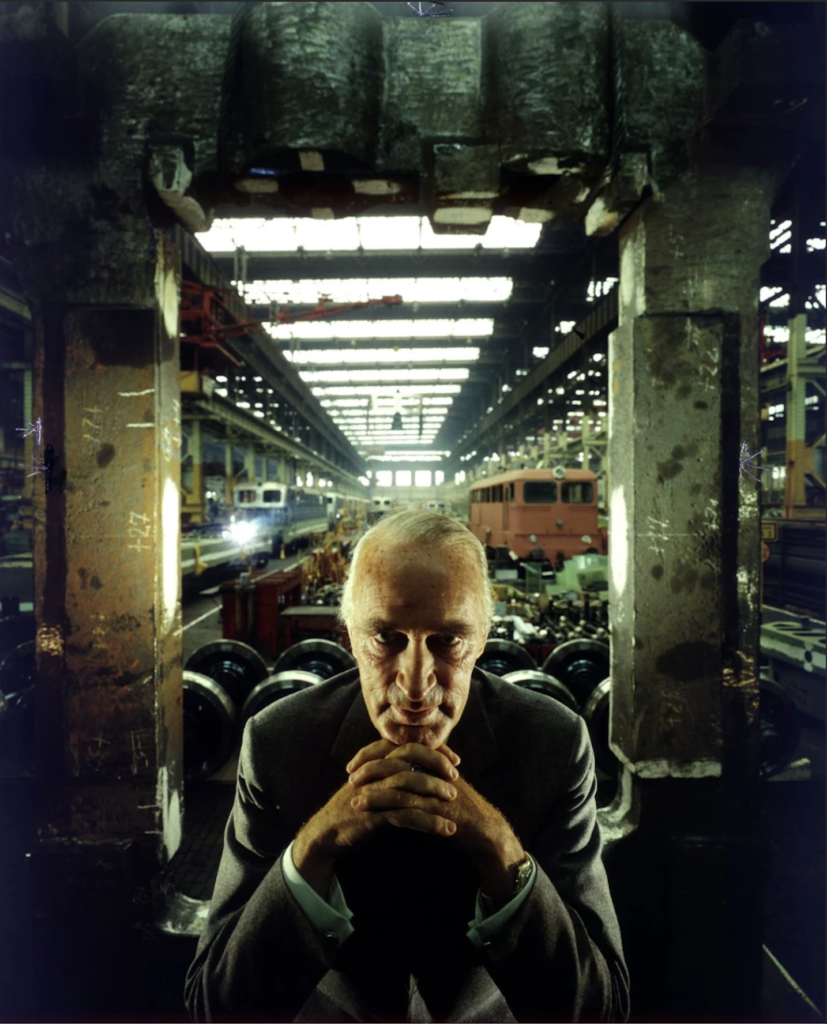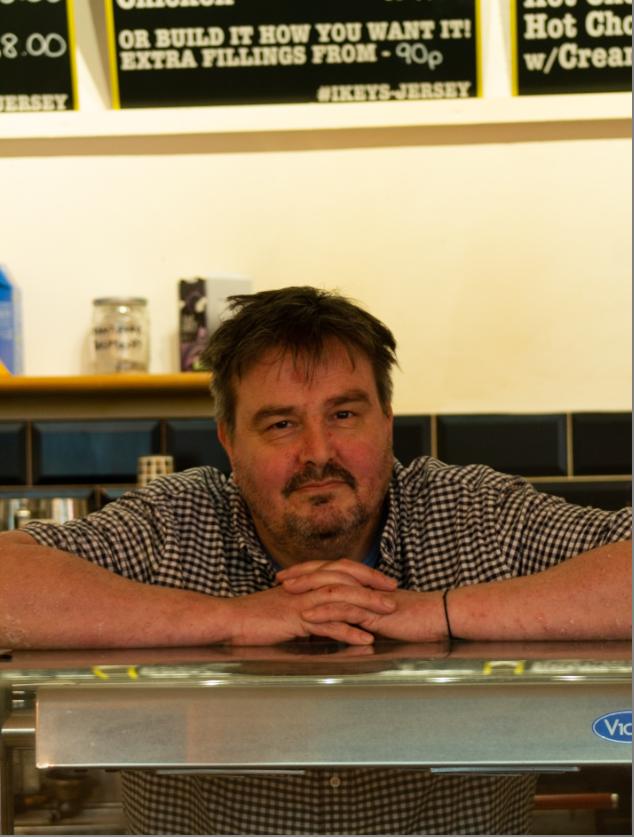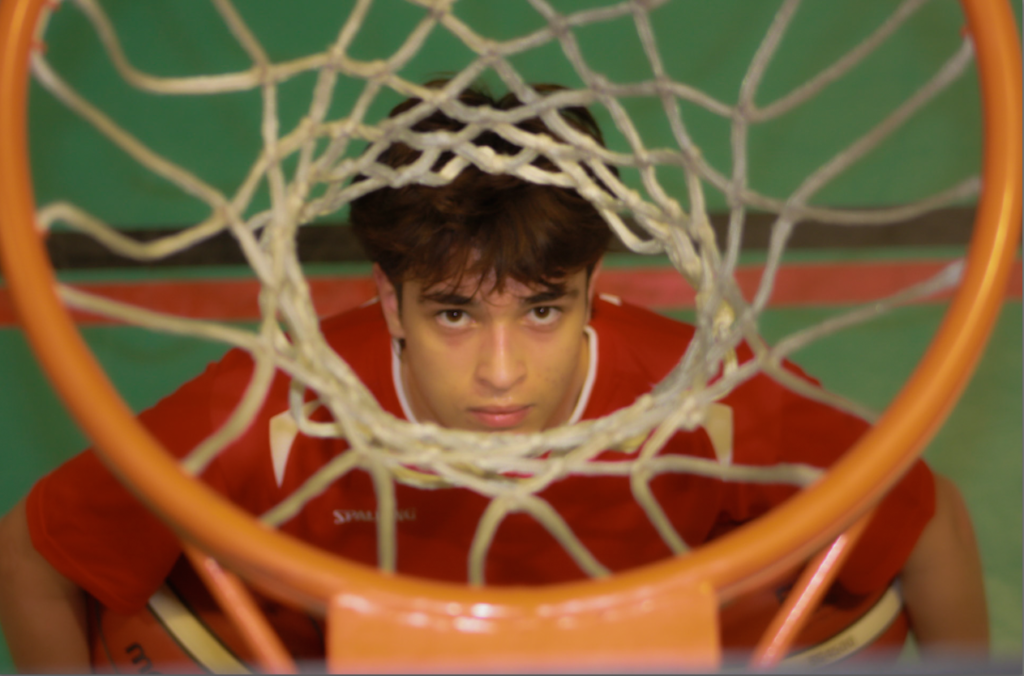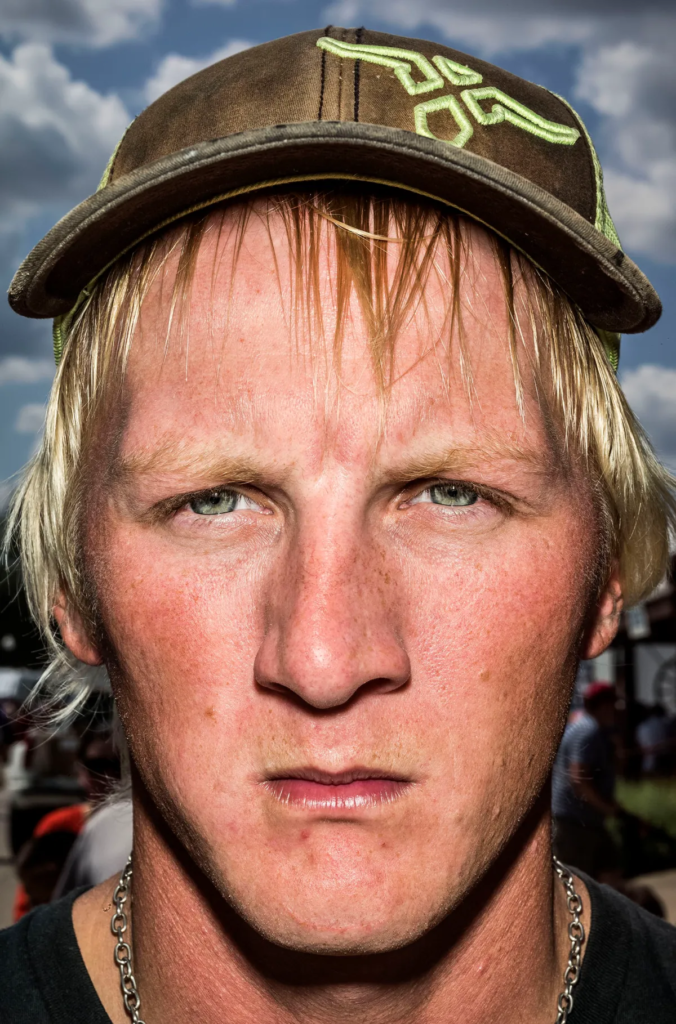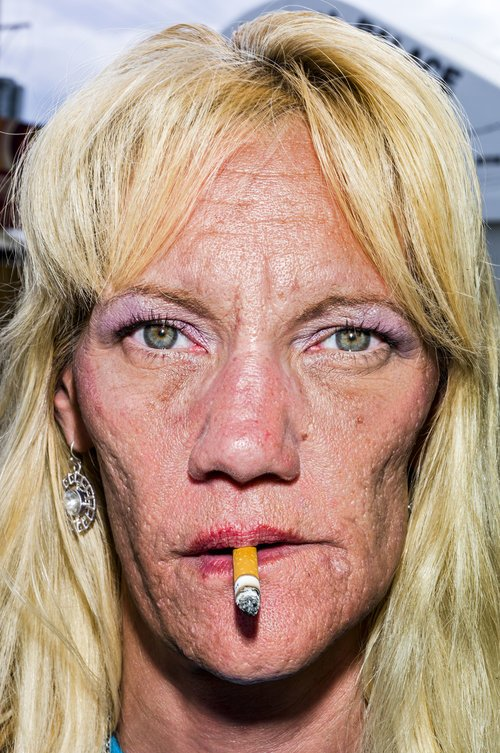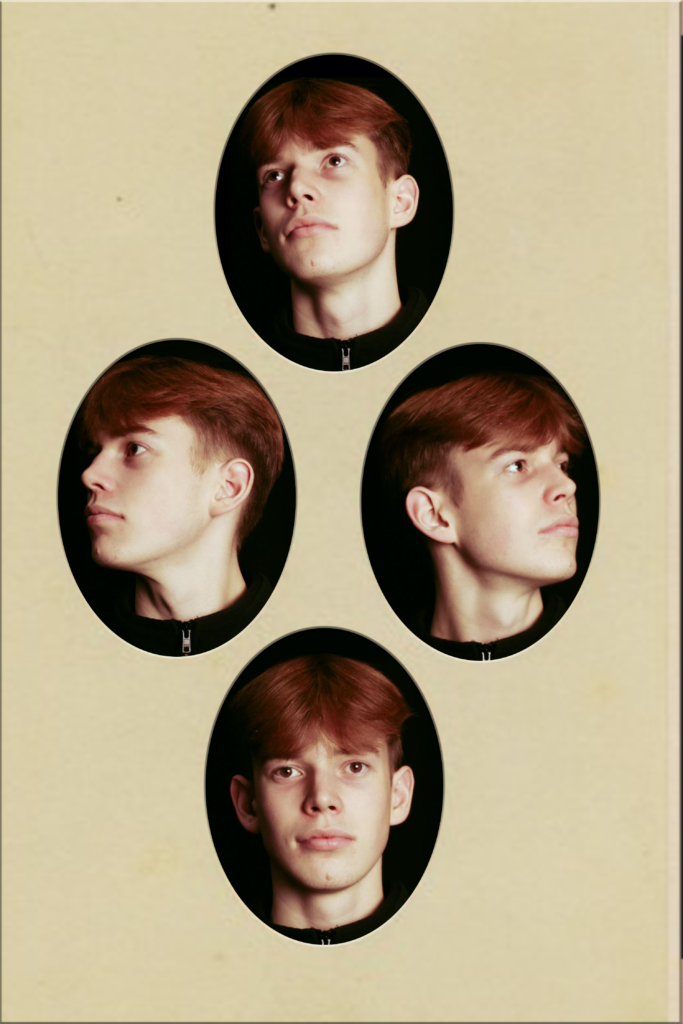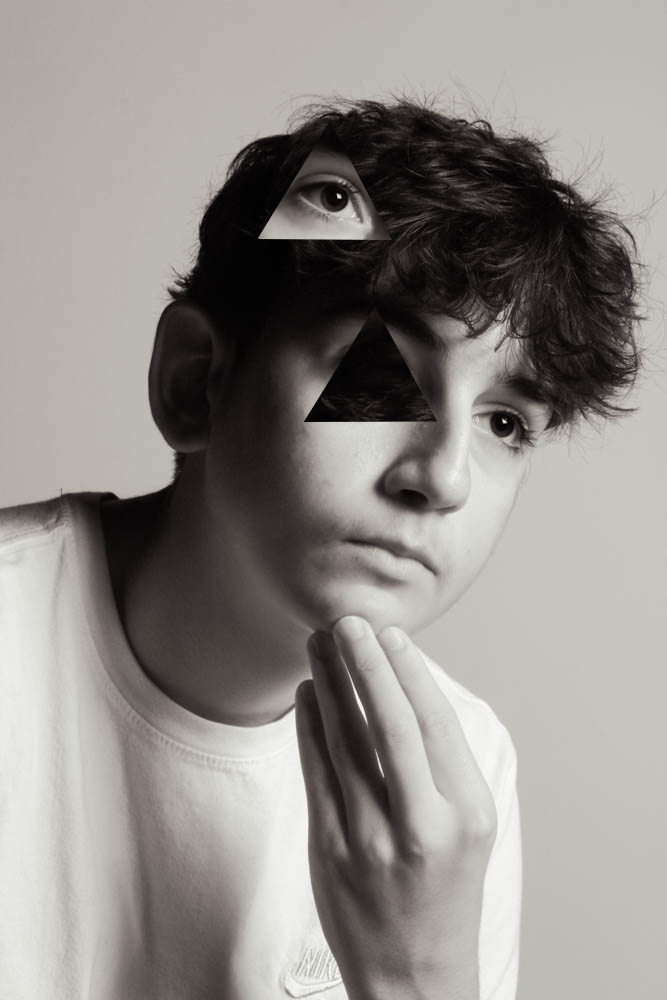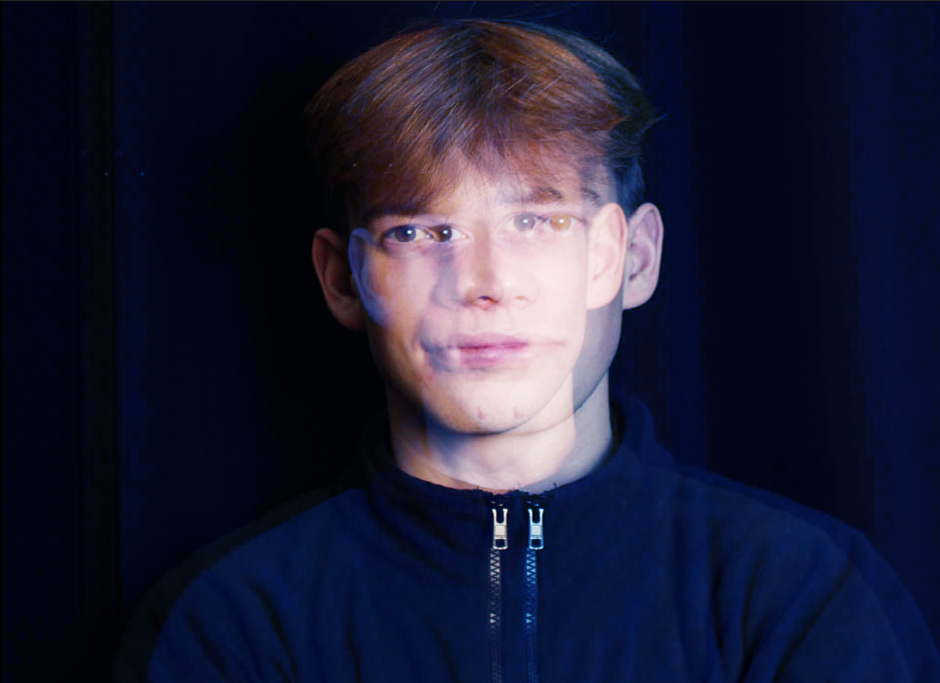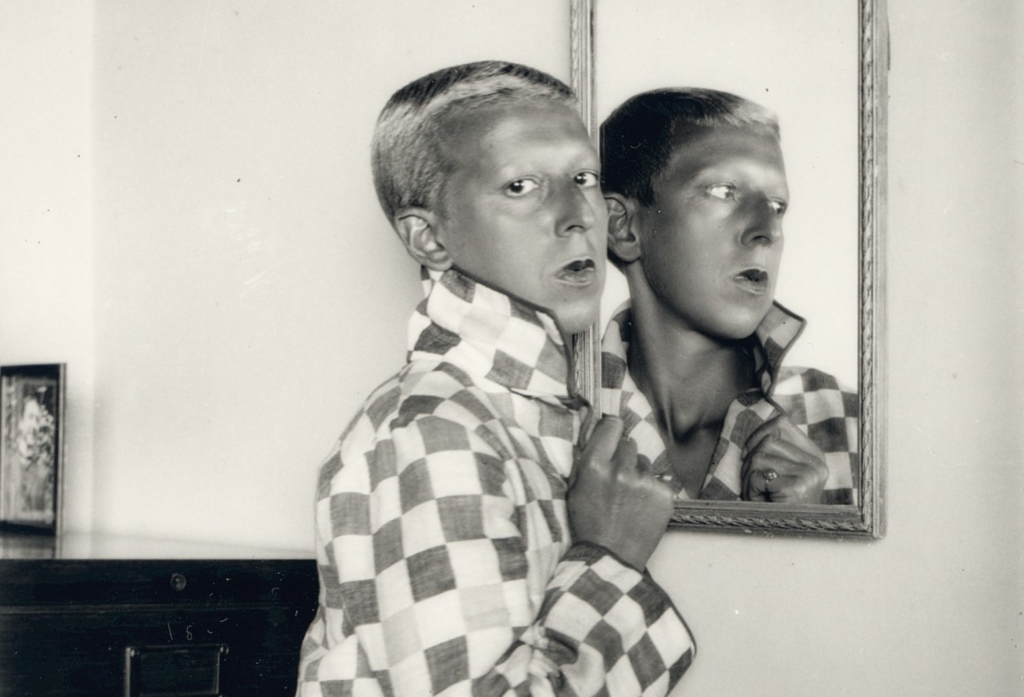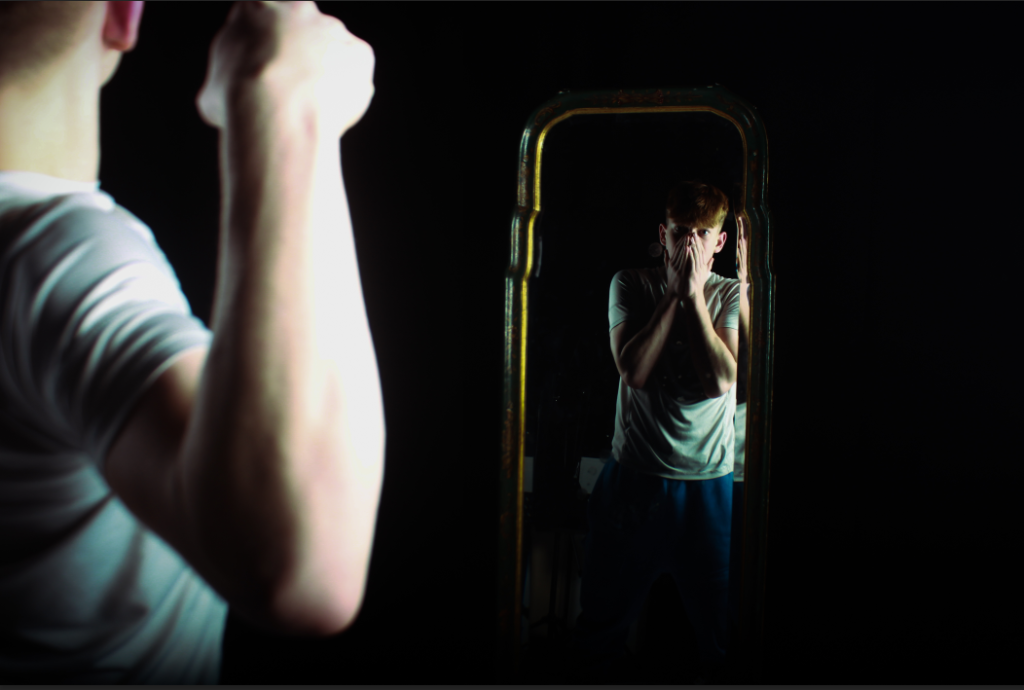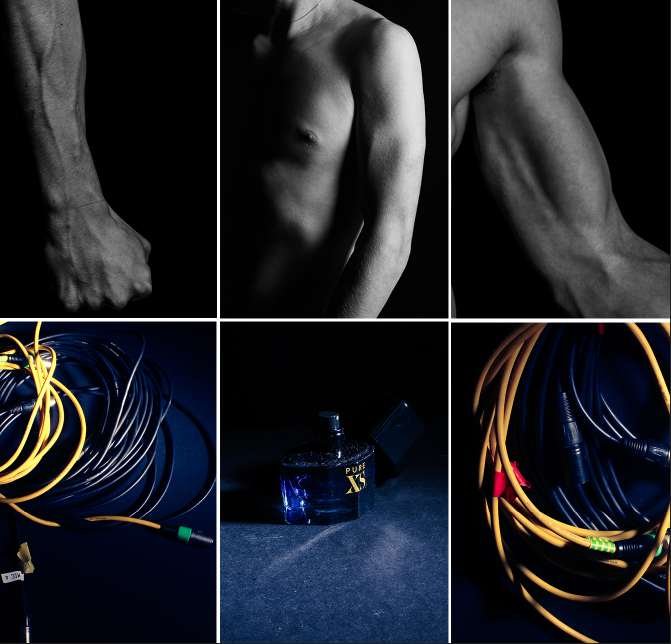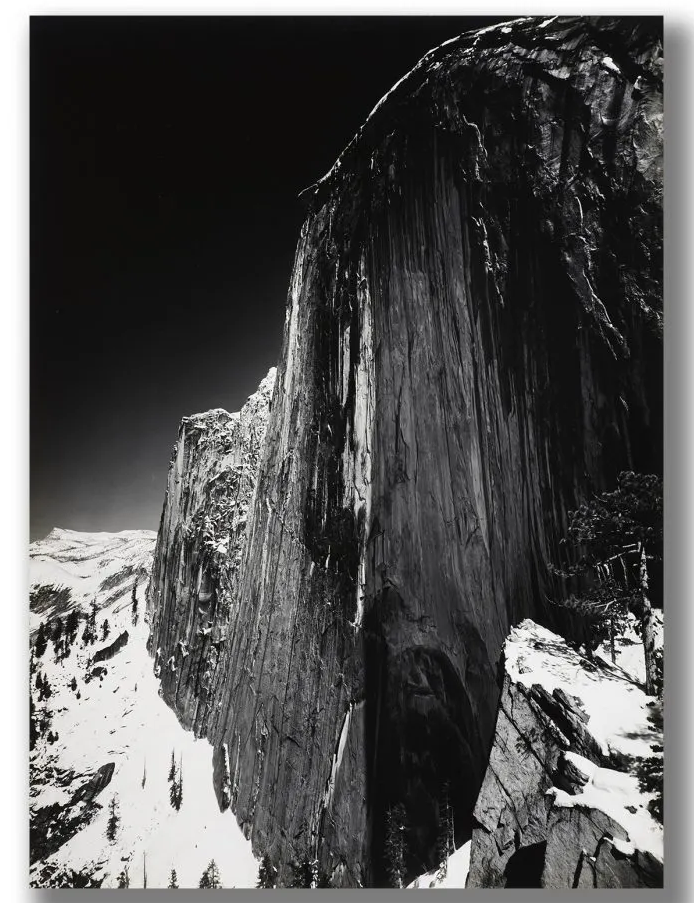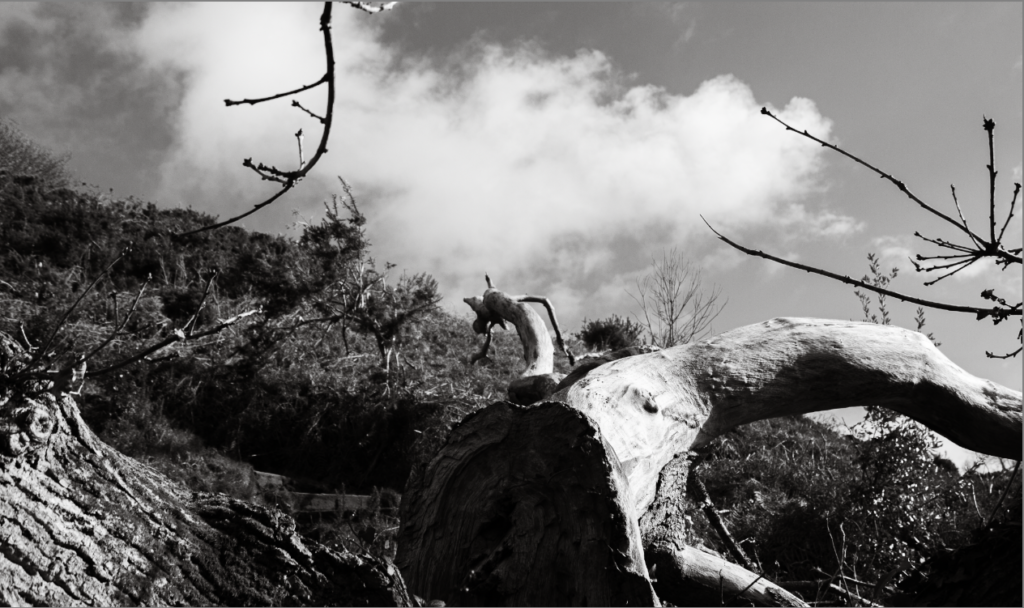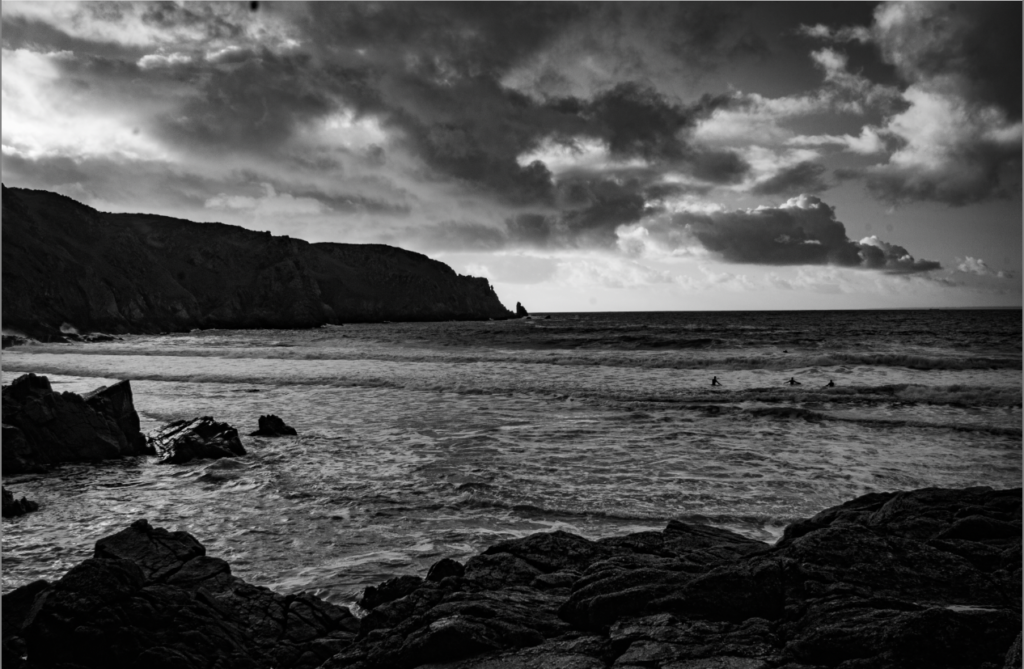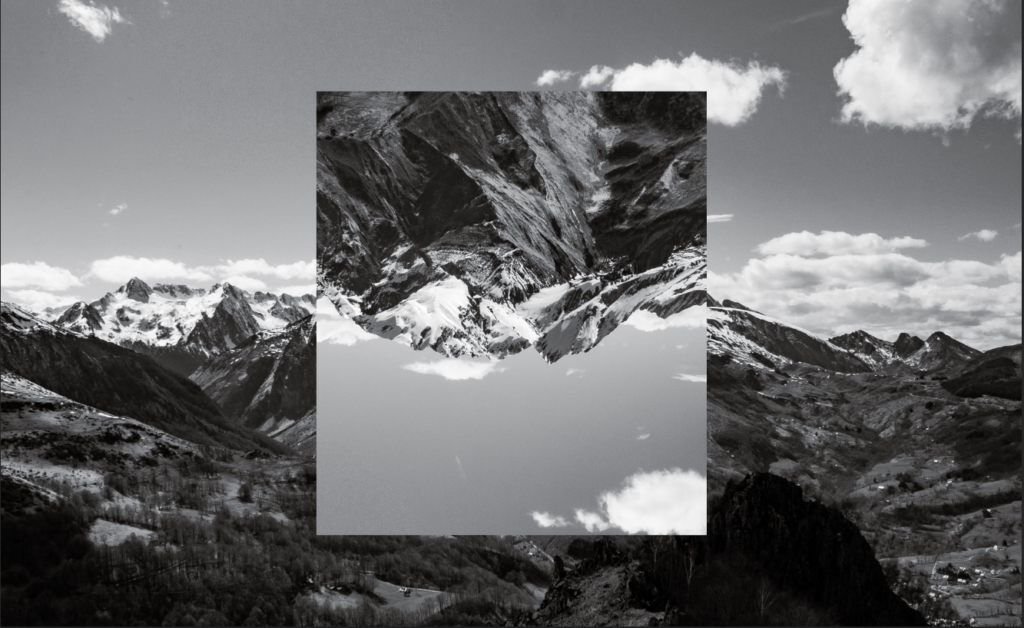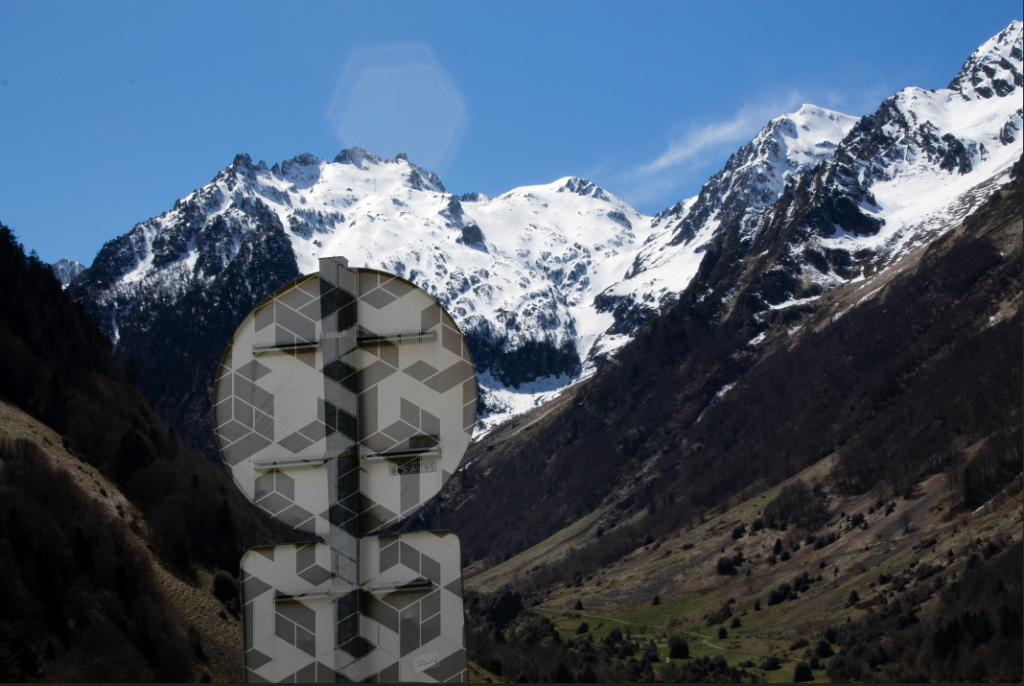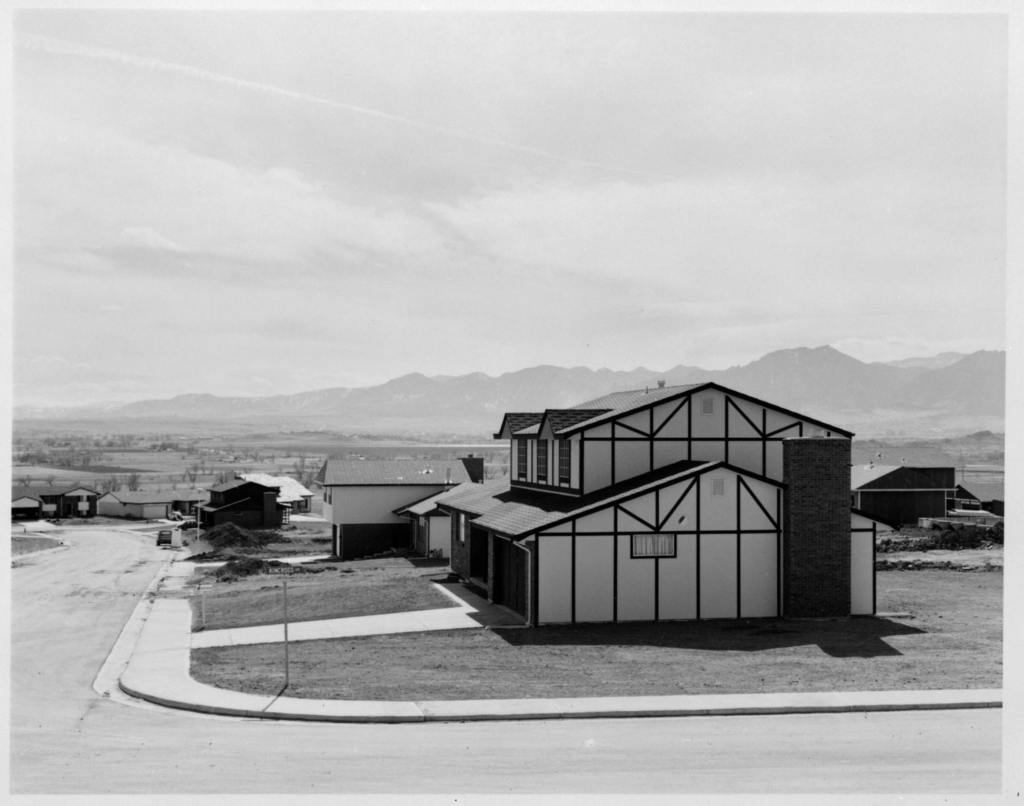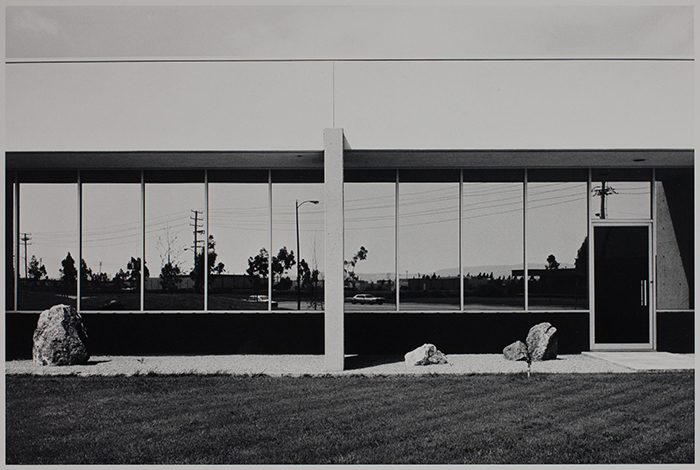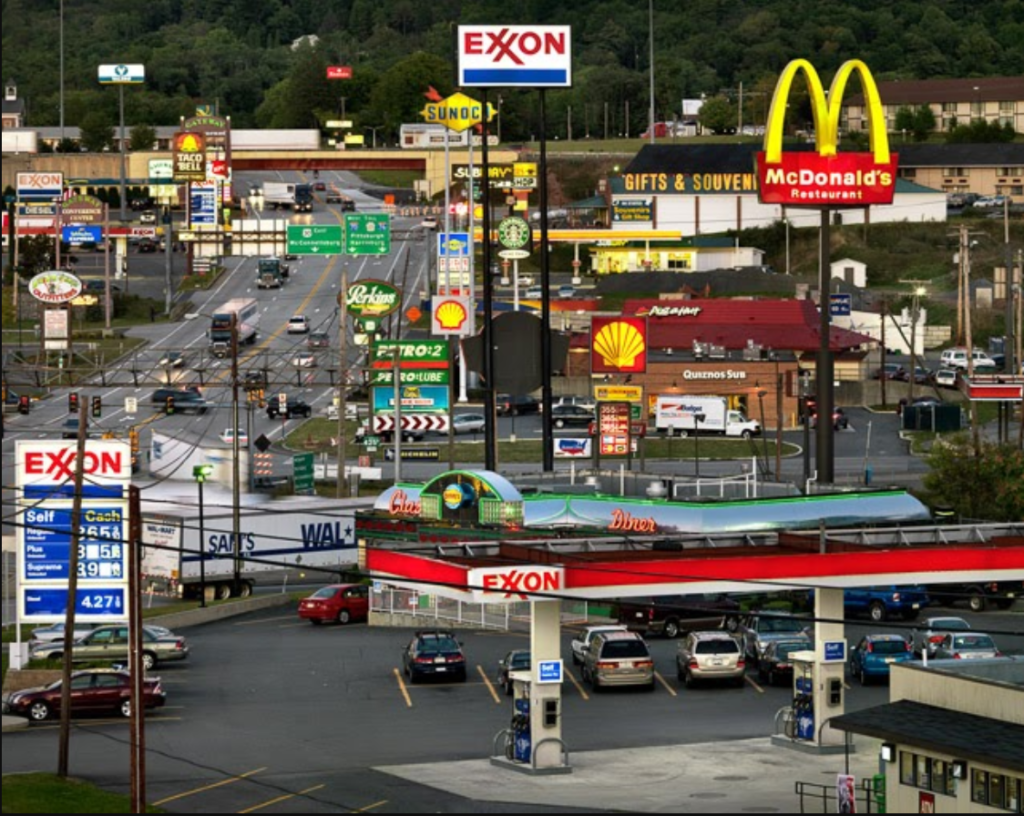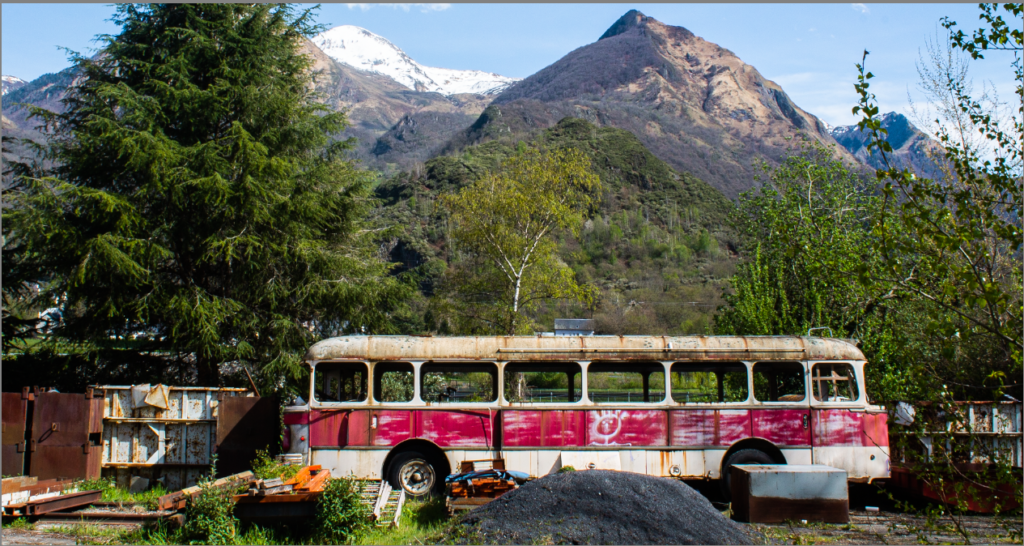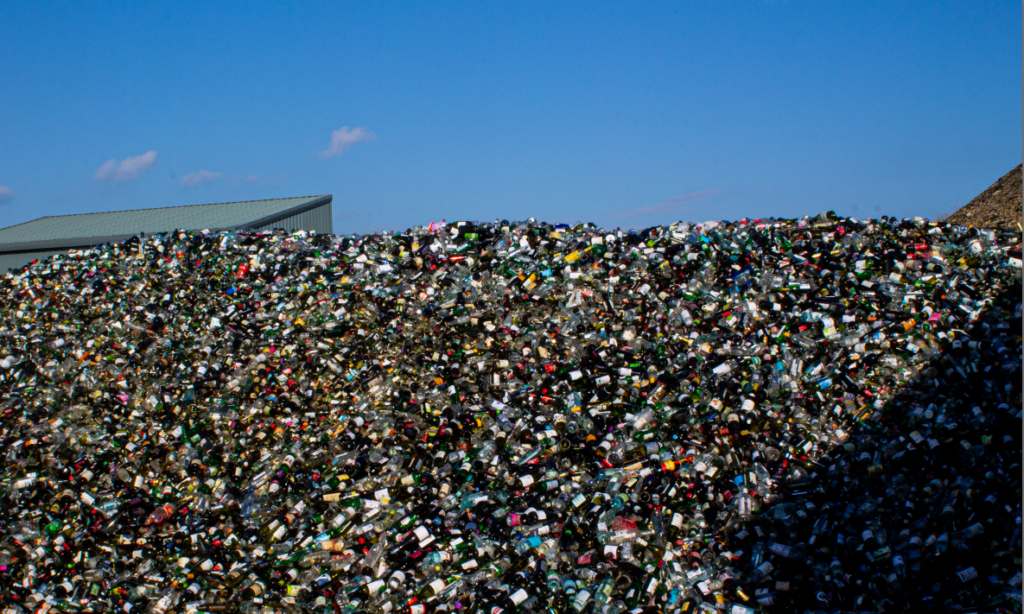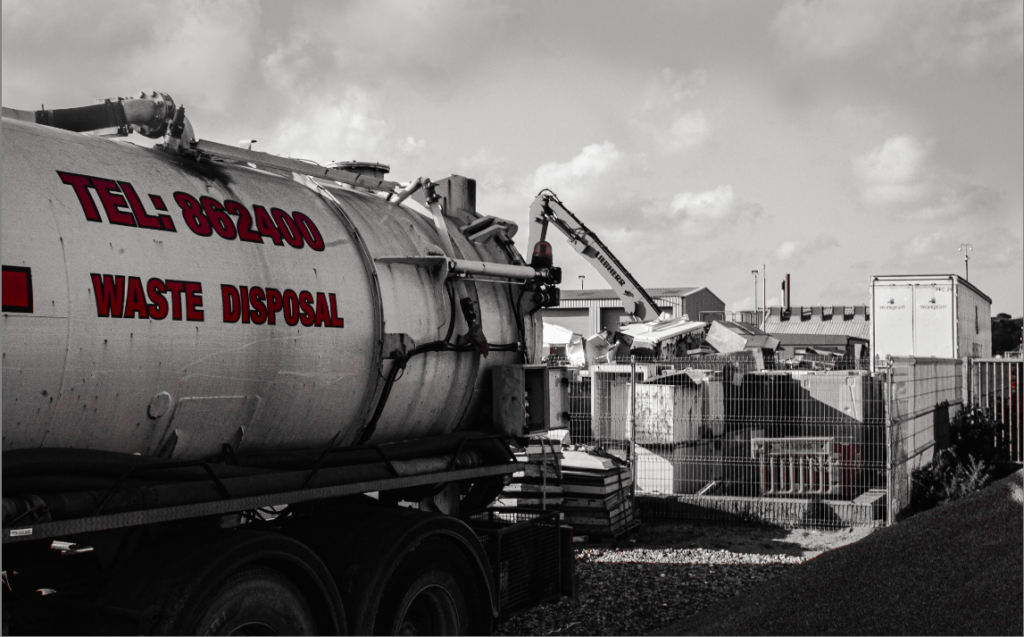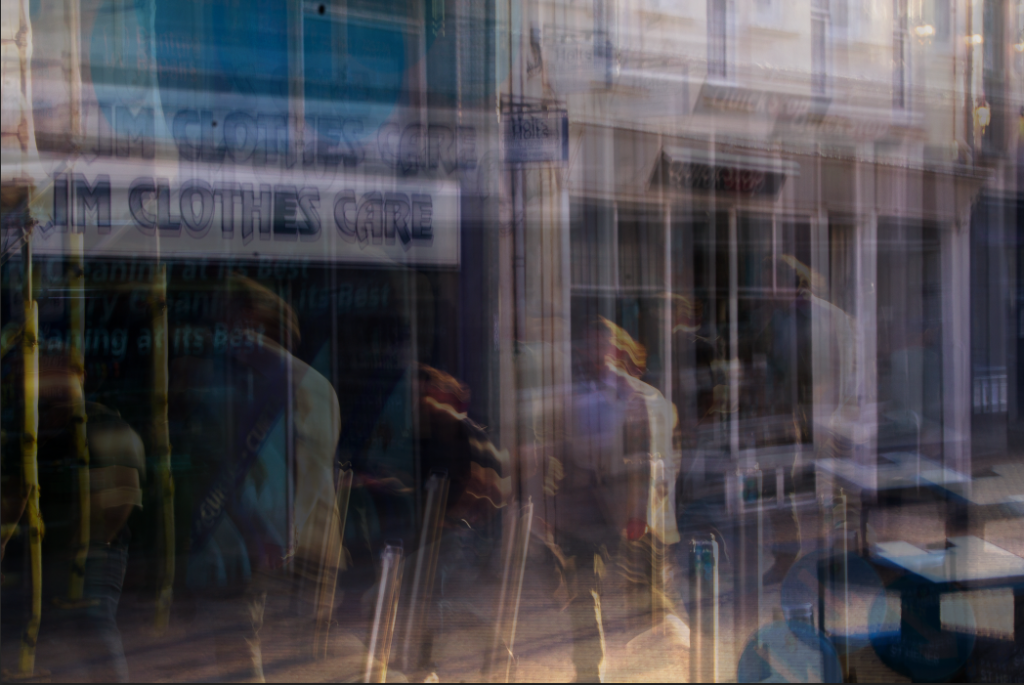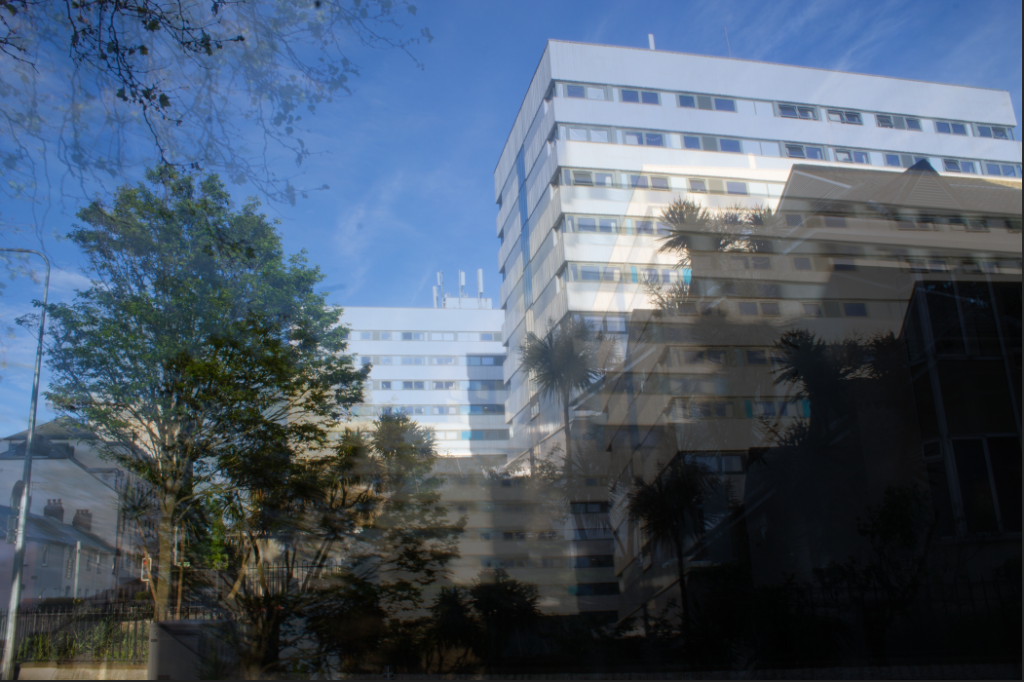Still Life
Still Life was the first time I went to the studio and used a camera to take pictures of objects displayed on tables and stands. It was boring but a good introduction to my first time using a camera properly and taking pictures.
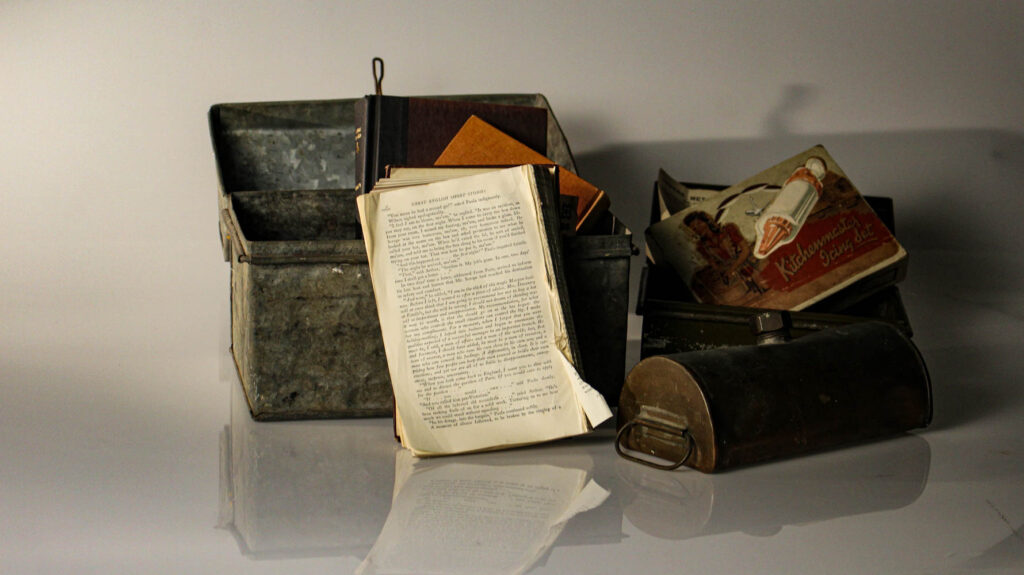

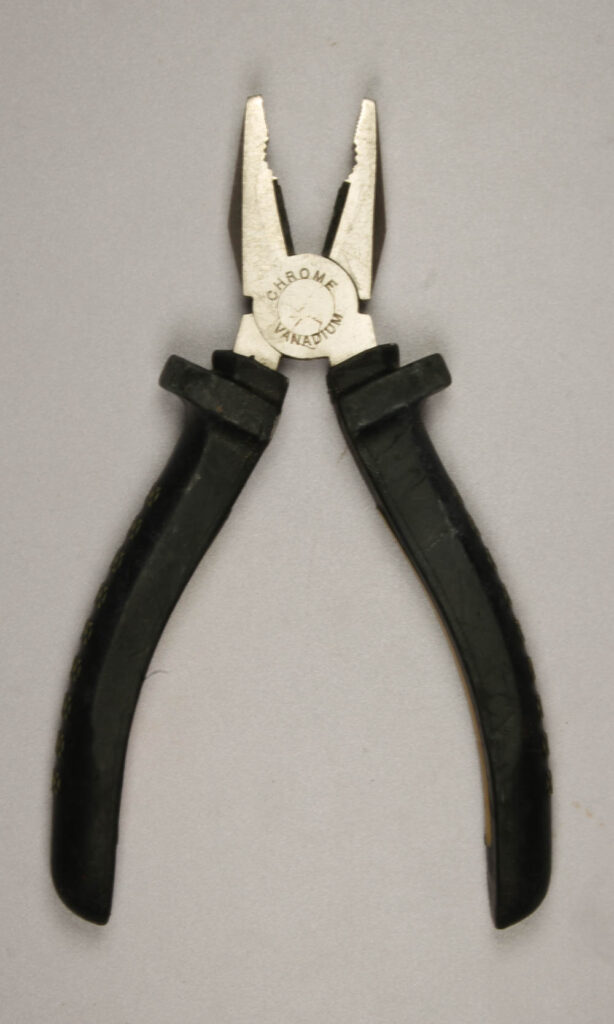
Environmental Portraits
An Environmental Portrait is where you take a picture of someone in their natural or working environment and capture them doing their job, hobbies or whatever they are doing. For this, I went around the school and took pictures of teachers and other people that work in and around the school and took pictures of them doing their jobs. This was a good introduction to taking pictures of people and getting used to different environments.
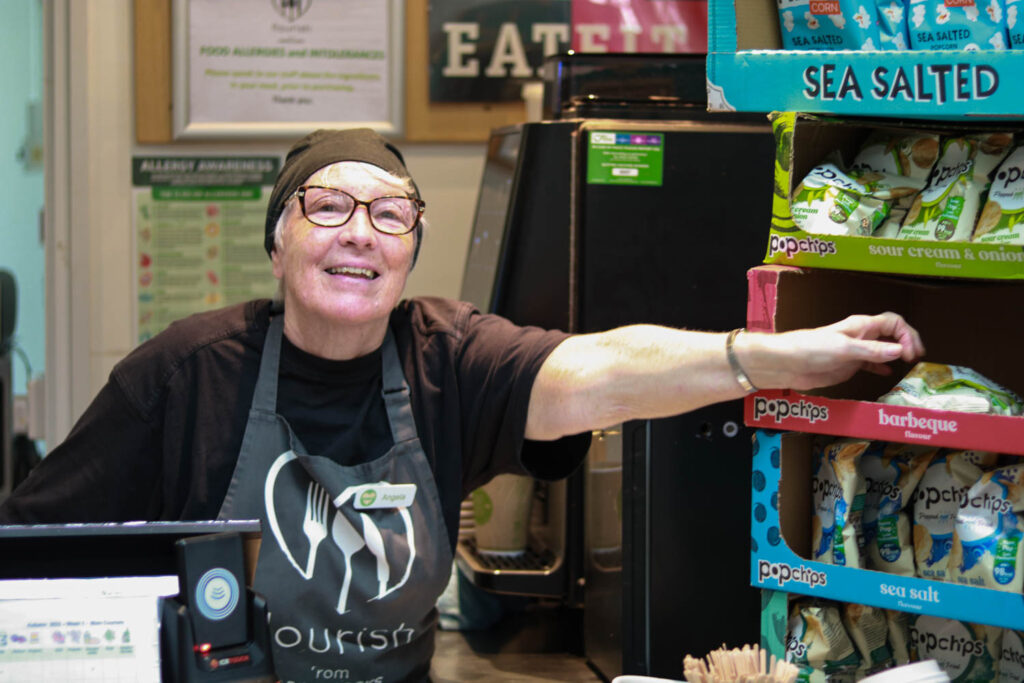
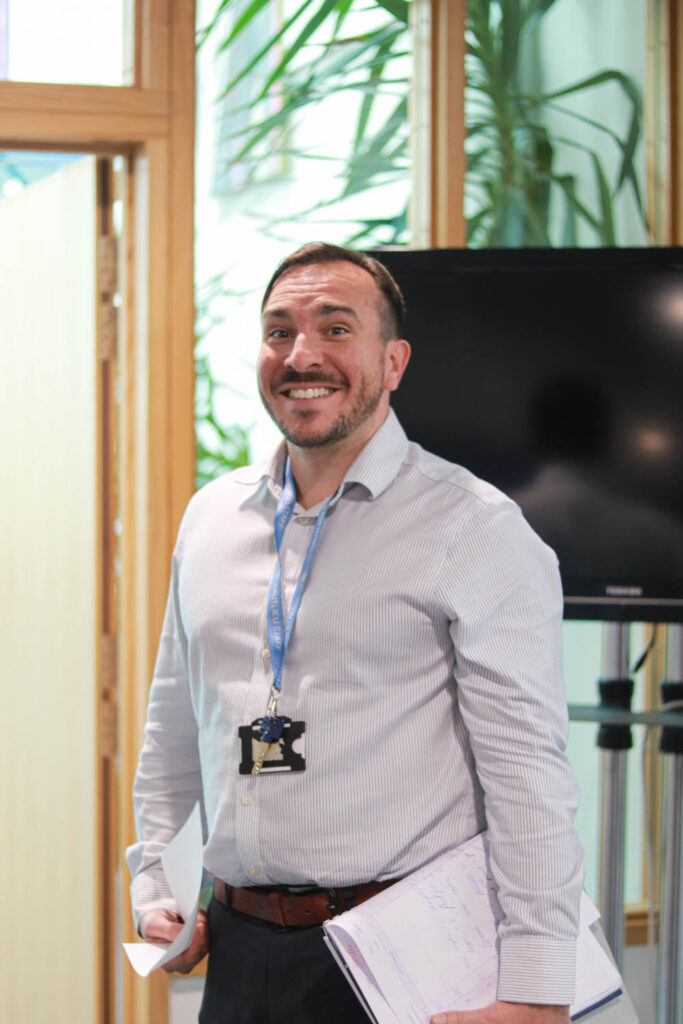
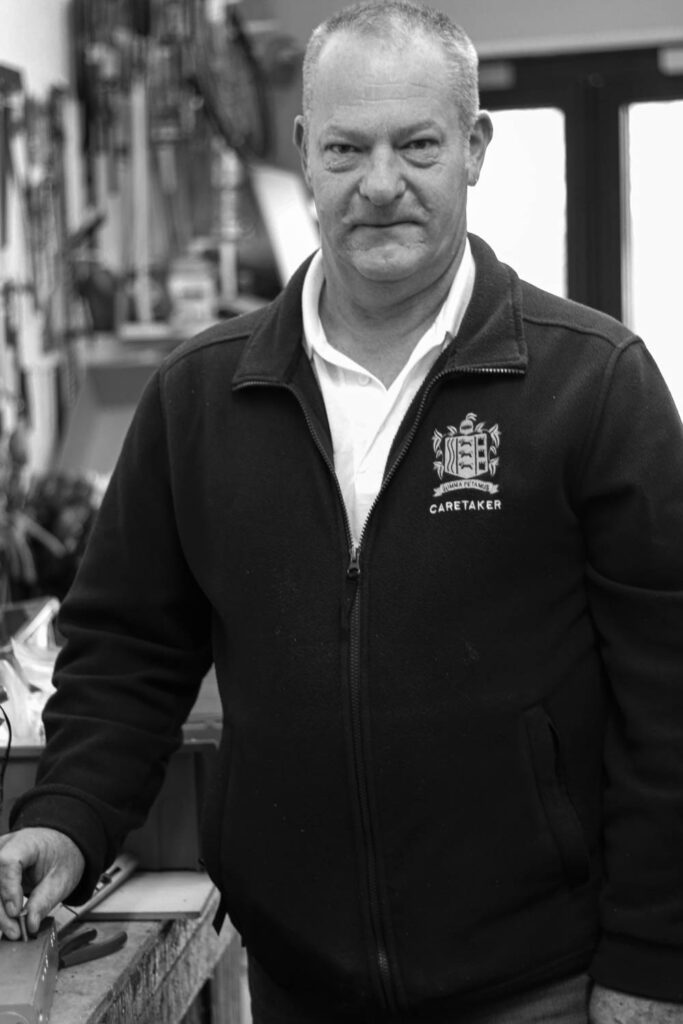
Lighting Portraits
Lighting portraits was another one of my favourite topics that we did because I was able to experiment with and include the different techniques I learnt in the studio which where, Rembrandt, Chiaroscuro and Butterfly.
Rembrandt Lighting
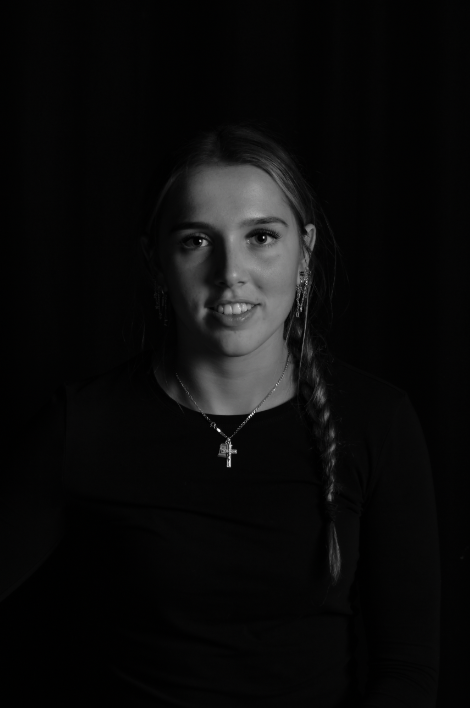
Rembrandt lighting was where you would angle the light on one side of the person so one side is lighter and then reflect a screen that the light reflects off and brightens up the other half but darker
Chiaroscuro Lighting
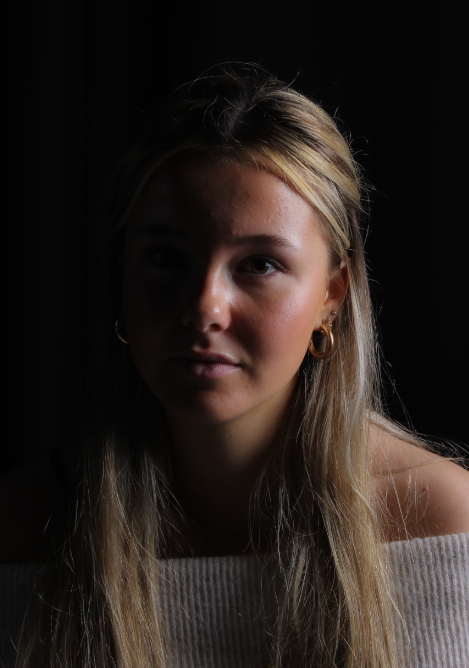
Chiaroscuro lighting was a strong contrast between light and dark where there would be bold colour differences throughout the image where it isn’t a smooth transition and more of a harsh one.
Butterfly Lighting

Butterfly lighting is where the light is angled above the persons face creating shadows underneath the nose creating a butterfly shape and more shadows on the cheekbones and ja
Femininity and Masculinity
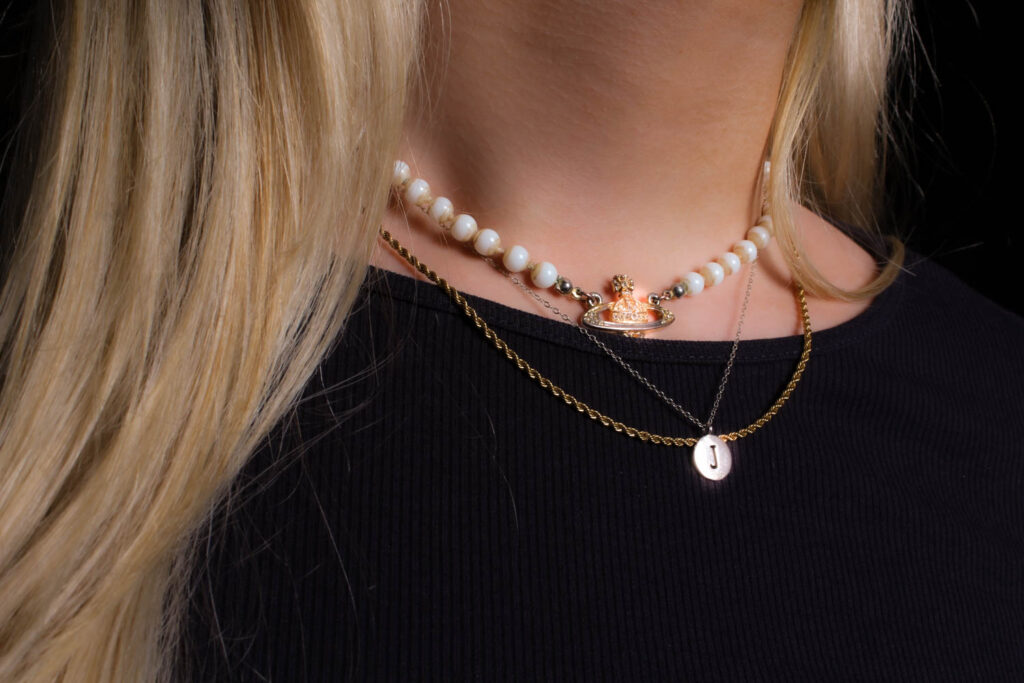
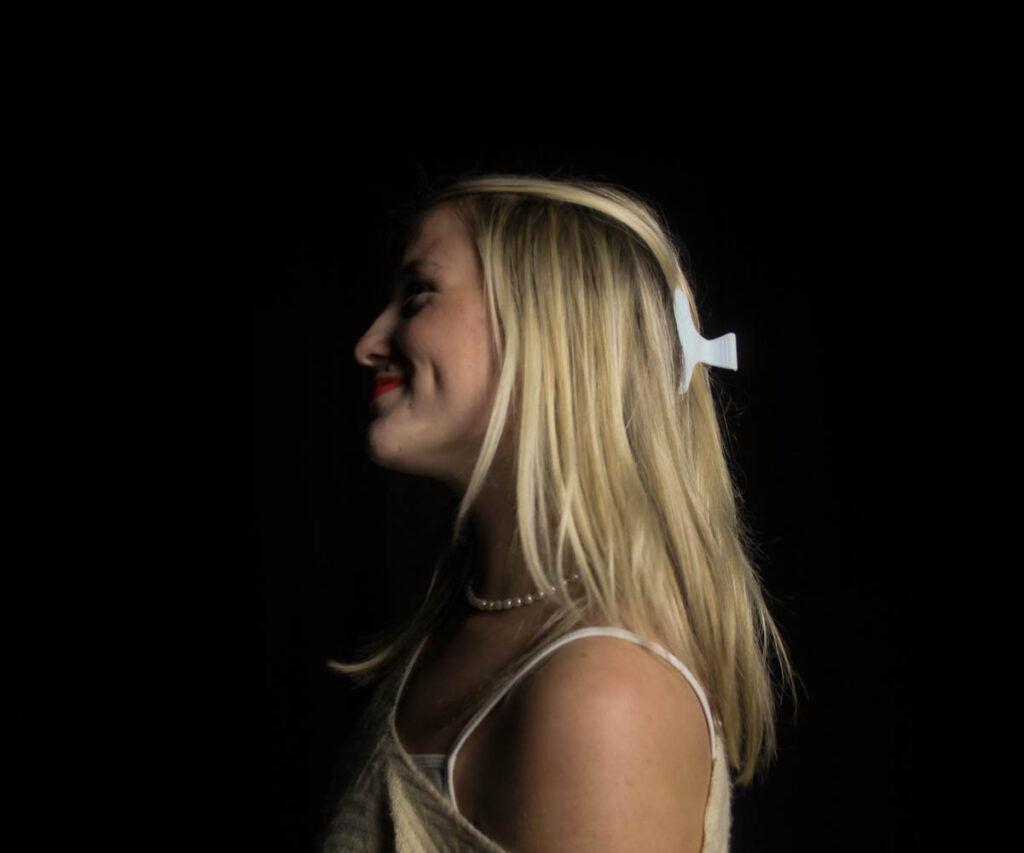

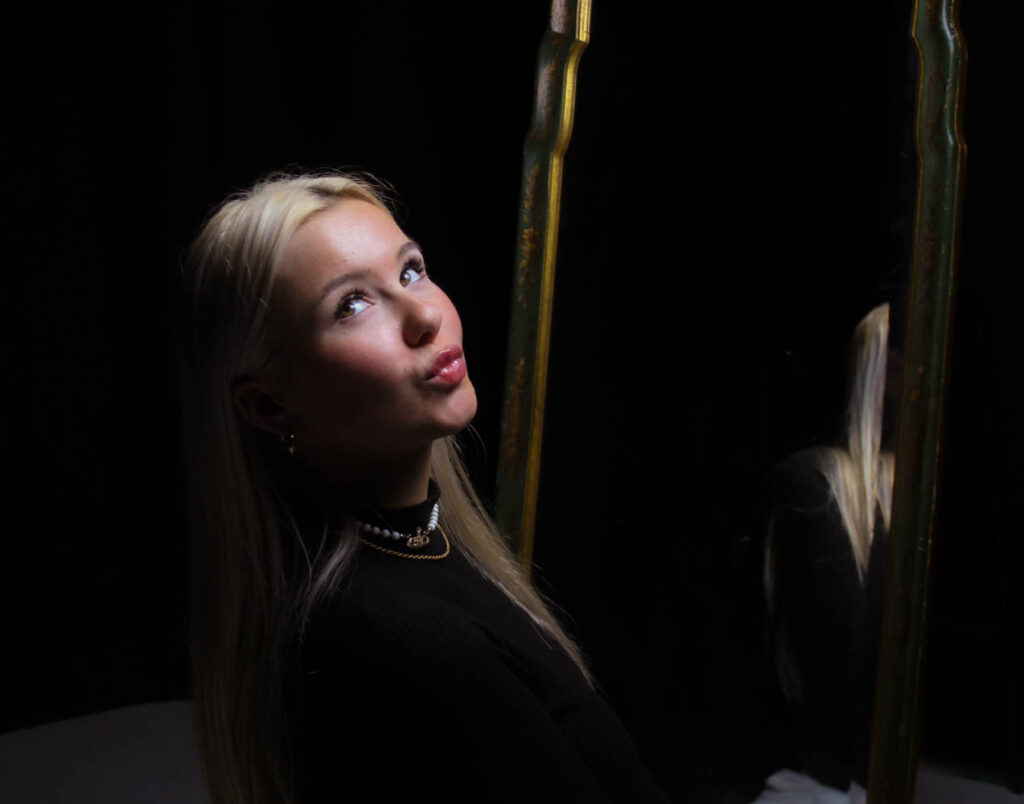
Femininity and Masculinity was one of my favourite projects that we did. For this project we decided to go with the femininity theme take inspiration from Marilyn Monroe in the 1950s and recreated some of her images from what they would be like if she was in this generation. I enjoyed learning about the different stereotypes between men and women from a long time ago like during the war and the stereotypes now and comparing the different styles and aesthetics between different decades. I also learnt how different stereotypes can affect people and their emotions and try and live up to these stereotypes of the ‘typical’ man or woman and how they can be recreated in a photoshoot, like we did. I also enjoyed coming up with an idea for the blog and making it come to life in the studio.
Anthropocene & Typography
Anthropocene is used to simply describe the time during which humans have had a substantial impact on our planet. I liked the Anthropocene topic because I was able to learn about the impacts of the planet while also being able to use my imagination to create my own version of what the main issues in the world are from humans for example, climate change and what can add to the issues of it and also animals dying due to plastic and other human causes, I used my friends snake and some rubbish to create re-create this.
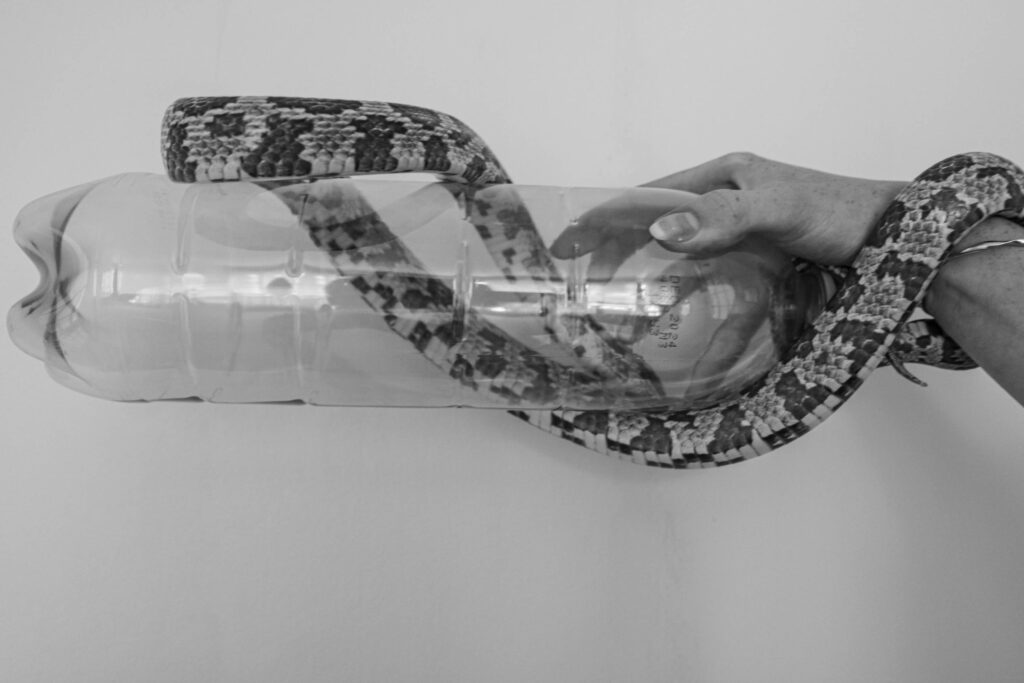

Typography is the photographs of odd looking structures that would be classified as ugly but to make them look aesthetic in images. For typography I used Harve des par and took pictures of building around and the pier, I also went to St. Catherines and took pictures of the pier and St. Helier and took pictures of it from on top of a hill over looking town. I mainly enjoyed typography because I liked taking pictures of the buildings and structures and editing them in a way where they look aesthetic and then print them out to put them into a window frame.

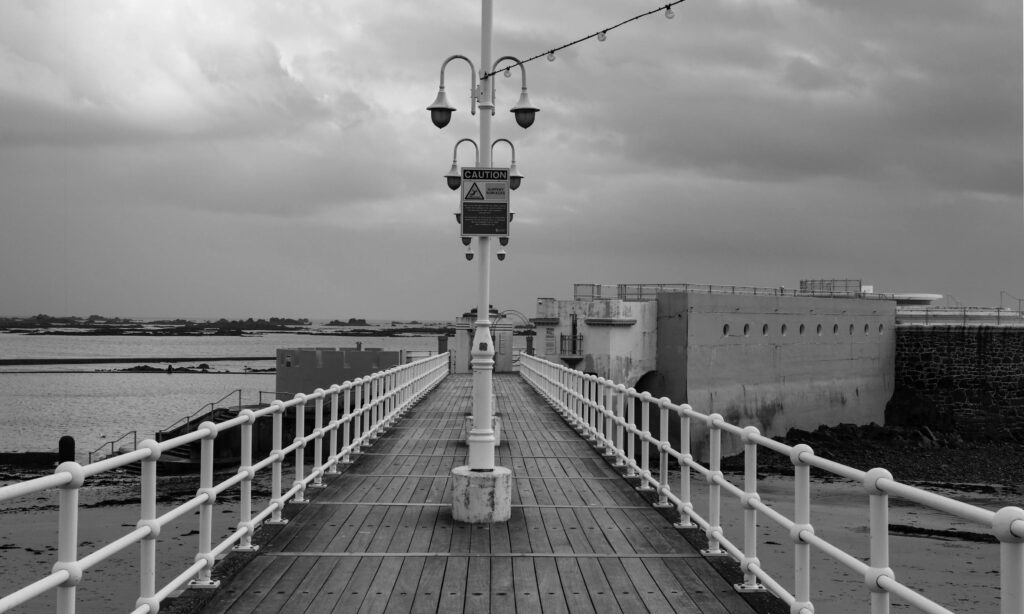

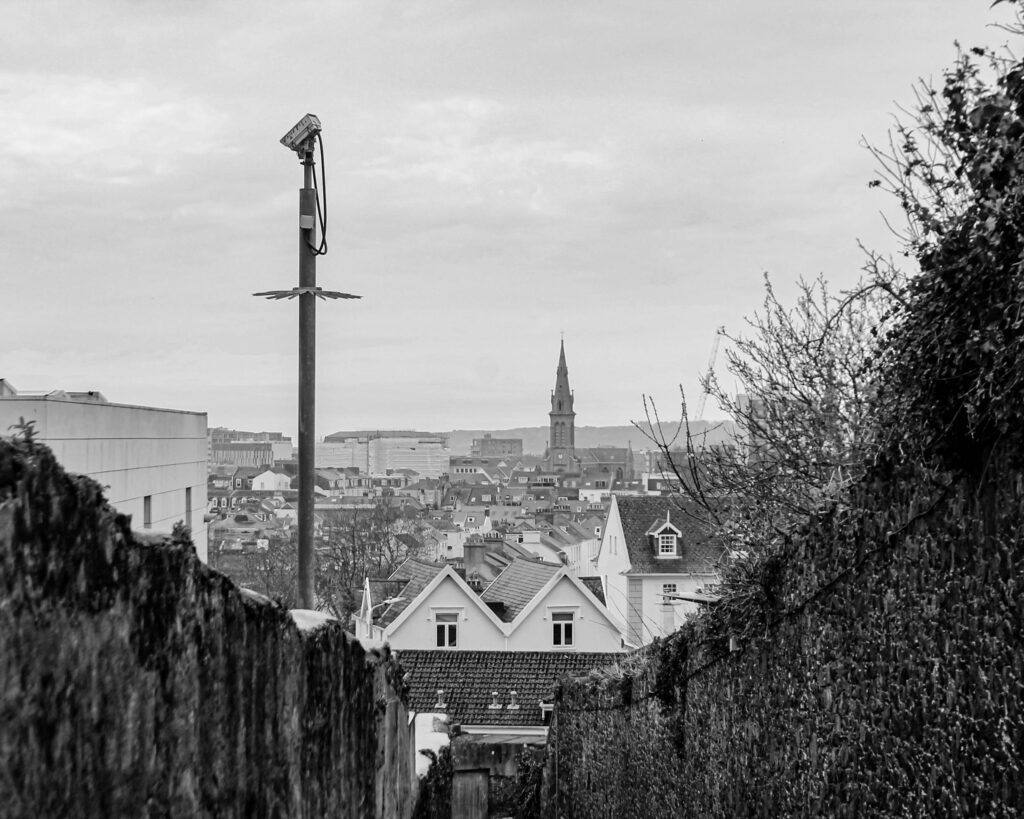
Street Photography
Street photography was where I would take photos of people and places to create a final photo story in InDesign. I enjoyed street photography as I was able to go out and take pictures of people and things that I found interesting and thought would look good together as a final piece. For my street photography I took pictures in Edinburgh and Paris, which are two places that I think have good architecture and looks to create the vintage looking aesthetic that I wanted for my street photography images.

Photo Story

Maritime & Harbour
Taking pictures of the harbour was another one of my favourite topics. I enjoyed taking pictures of the harbour and structures around it while also taking pictures of the people that worked there. This topic brought in other skills that I had learnt throughout my year at Hautlieu like environmental portraits, landscapes and typography. Learning about the maritime and harbour history at the maritime museum and the harbour master was also another interesting and unique thing to learn about as not many locals that live here would do that and get that opportunity.



Zine
For my zine I used my pictures that I took around the harbour throughout my two days there and created a zine with them. A zine is a small book with minimal or no writing that tells a story through its images. To create this I used InDesign and put a zine with my favourite and best images that corresponded together nicely to create my zine which I wanted to tell a story about the harbour and its history. I chose a minimal design for my zine where there was no writing apart from the front cover which has the title and my name.


